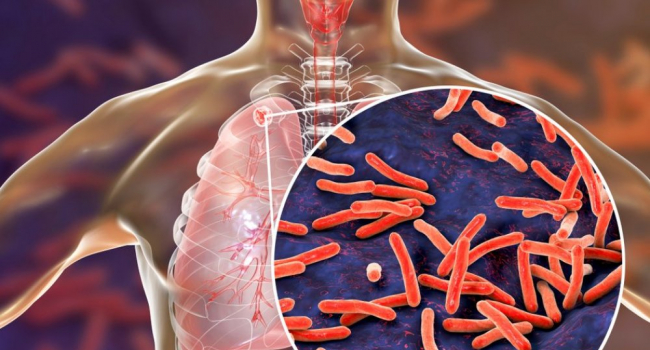- Latest news▼
-
18:22, April 17 First Armenian-German Conference entitled “Heart Failure Spring School”

-
14:37, April 16 Daily Mail: intermittent fasting is not suitable for children and women before their periods

-
16:41, April 15 Cell: in carriers of defective BRCA2 gene, sugar consumption increases cancer risk

-
15:04, April 15 305 cases of measles recorded in Armenia so far in 2024

-
14:38, April 15 Food and Environmental Virology: tea contributes to effective coronavirus control

-
12:41, April 15 Daily Mail: vitamin A, B3 and E supplements can be dangerous

-
10:56, April 15 Diabetes Care: evening physical activity is good for the heart

-
08:27, April 15 Women are more susceptible to blood loss and death during bypass surgery than men, researchers say

-
18:42, April 13 WHO: Nigeria pioneers revolutionary meningitis vaccine

-
16:43, April 13 One-third of women experience menstruation-related migraines, most often during premenopause - study

-
14:37, April 12 Pediatrics: Hypoglossal nerve stimulation implant helps with sleep apnea

-
12:13, April 12 Health minister: Simulation educational center will be created, assisted reproductive technology capacity will increase in Armenia

-
17:03, April 11 BMJ: antidepressant injection 4 times reduced risk of severe postpartum depression

-
11:35, April 11 Health minister: Number of hard-to-reach medical services within state funding scope increased in Armenia in 2023

-
16:10, April 10 Breathing therapy, which is so popular in the world, is starting to spread in Armenia

All materials
Scientists explain emergence of especially dangerous pathogens of tuberculosis

In a new study, published in the journal Bioorganic Chemistry, scientists have explained why Mycobacterium tuberculosis survives in inappropriate environmental conditions inside the human body.
The results of this study may help to better understand the role of enzymes in bacteria in the development of resistance against the human immune system and drugs.
The authors of the study examined the crystal structure and function of rubredoxin B (RubB), a metalloprotein (a protein containing metal atoms) that ensures the proper functioning of cytochrome P450, another protein important for bacterial survival. Scientists have a hypothesis, according to which, tubercle bacilli have learned to switch rubredoxin into a mode that ensures the effective use of iron in conditions of iron deficiency, which is observed during the formation of granulomas (nodules) in the lungs.
As a result, it turned out that rubredoxin B is associated with heme monooxygenases, which are important for the metabolism of oxysterols (they play a signaling role in the maintenance of immunity) and the host's anti-tuberculosis drugs. In other words, M. tuberculosis has the ability to neutralize xenobiotics.
Previous research has shown that one of the cytochromes supported by RubB may act against SQ109, a promising potential drug for multidrug-resistant tuberculosis.
According to the WHO, every year around the world 10 million people fall ill with tuberculosis, and 1.5 million people die from it, which makes it the main infectious killer in the world. Particularly dangerous strains of the tubercle bacillus, which have appeared in recent decades, have multiple drug resistance, mainly antibiotics, which greatly complicates the treatment of the infection.
Follow NEWS.am Medicine on Facebook and Twitter
- Video
- Event calendar
- Archive
- Most read
month
week
day
- BMJ: antidepressant injection 4 times reduced risk of severe postpartum depression 1420
- Health minister: Number of hard-to-reach medical services within state funding scope increased in Armenia in 2023 1281
- Pediatrics: Hypoglossal nerve stimulation implant helps with sleep apnea 1274
- Health minister: Simulation educational center will be created, assisted reproductive technology capacity will increase in Armenia 1238
- WHO: Nigeria pioneers revolutionary meningitis vaccine 1074
- One-third of women experience menstruation-related migraines, most often during premenopause - study 1050
- Women are more susceptible to blood loss and death during bypass surgery than men, researchers say 737
- Food and Environmental Virology: tea contributes to effective coronavirus control 722
- Daily Mail: vitamin A, B3 and E supplements can be dangerous 722
- 305 cases of measles recorded in Armenia so far in 2024 686
- Cell: in carriers of defective BRCA2 gene, sugar consumption increases cancer risk 683
- Diabetes Care: evening physical activity is good for the heart 678
- Daily Mail: intermittent fasting is not suitable for children and women before their periods 497
- First Armenian-German Conference entitled “Heart Failure Spring School” 272
- Find us on Facebook
- Poll





